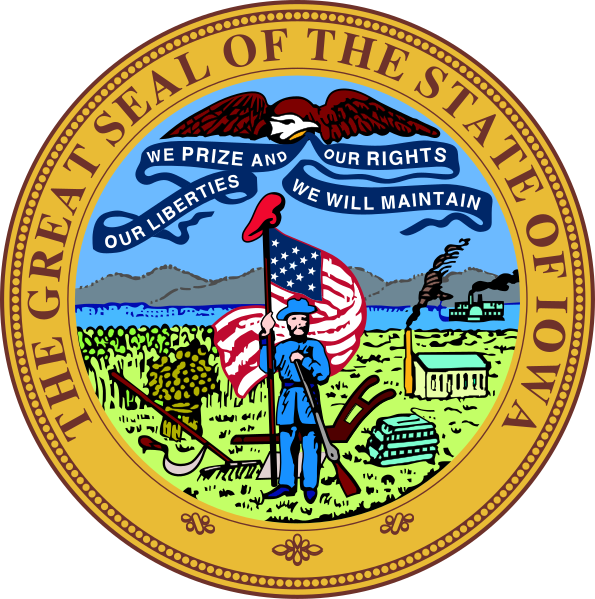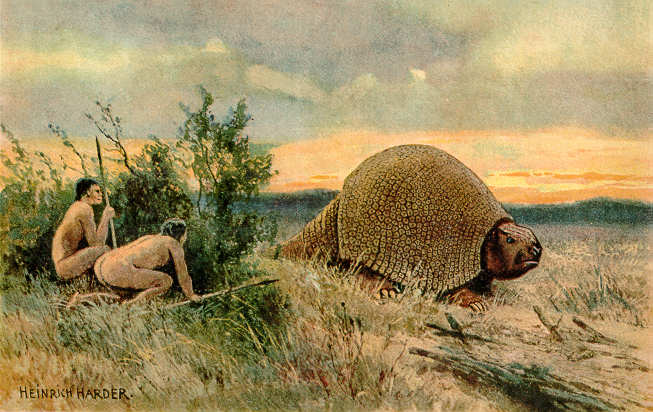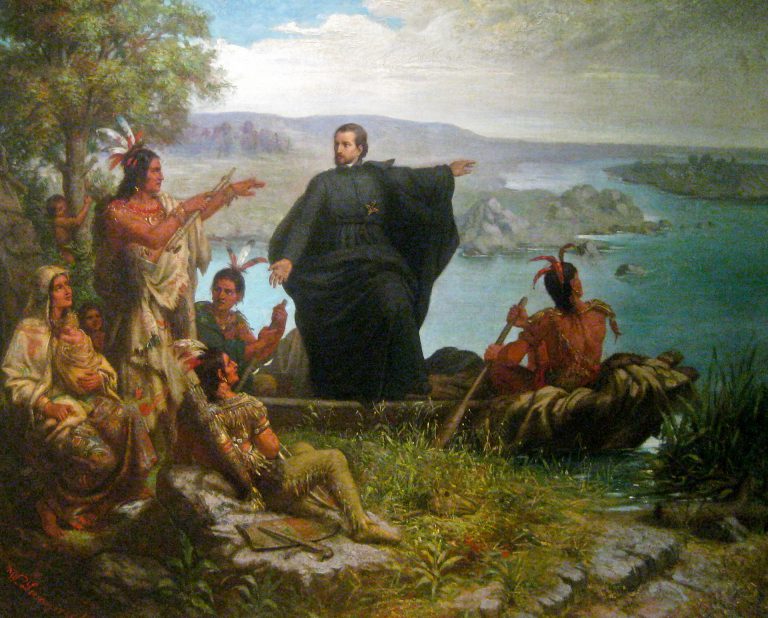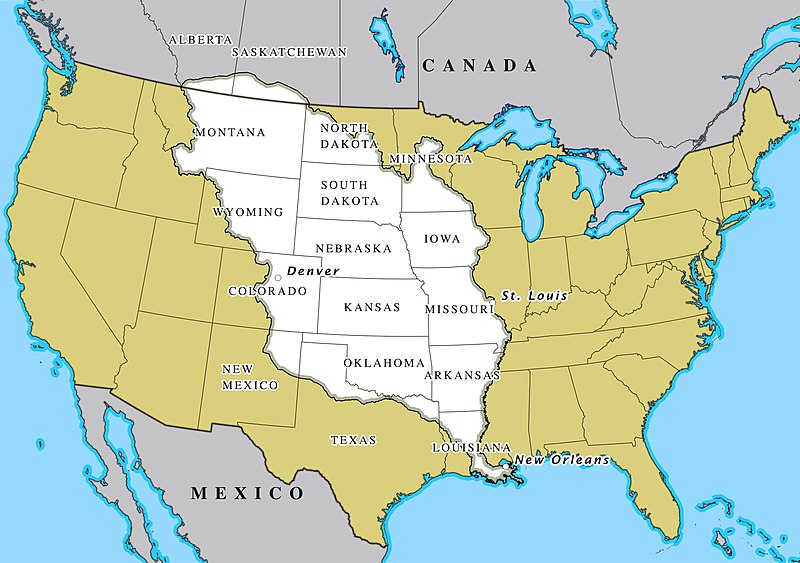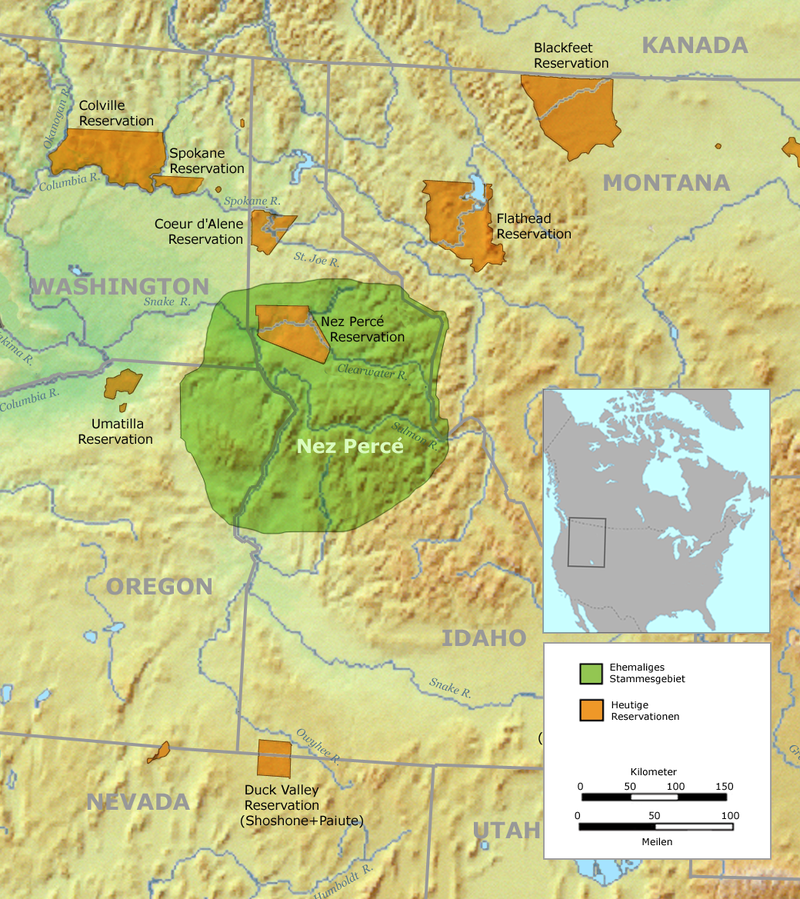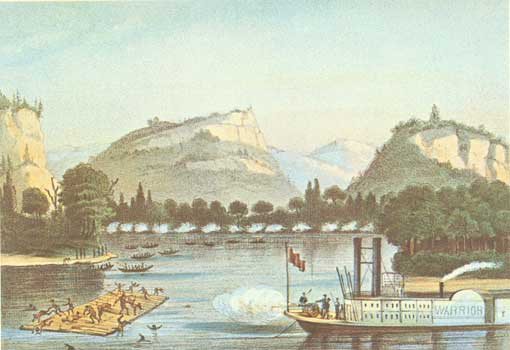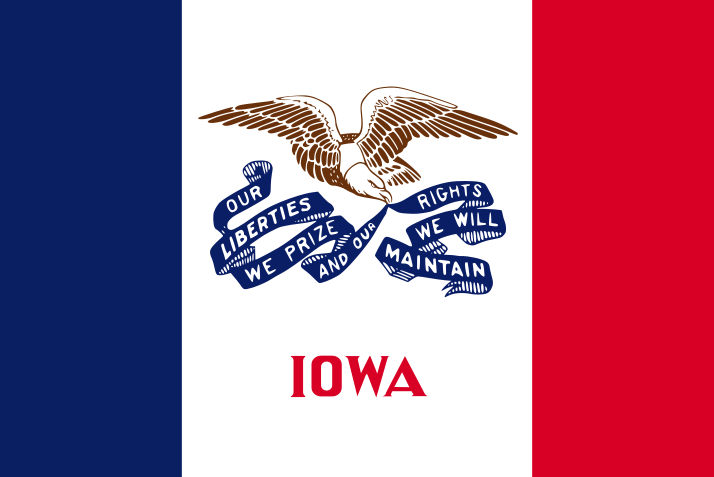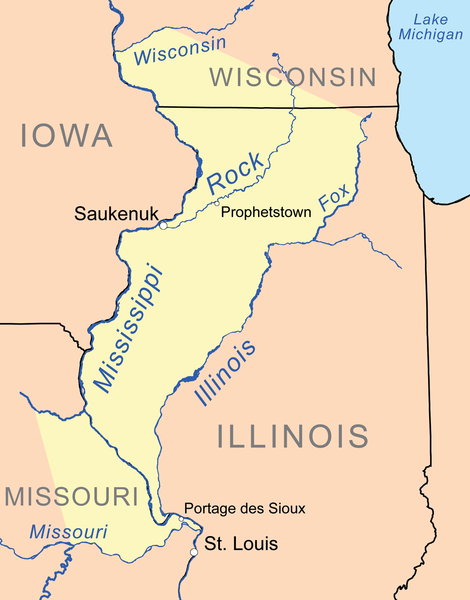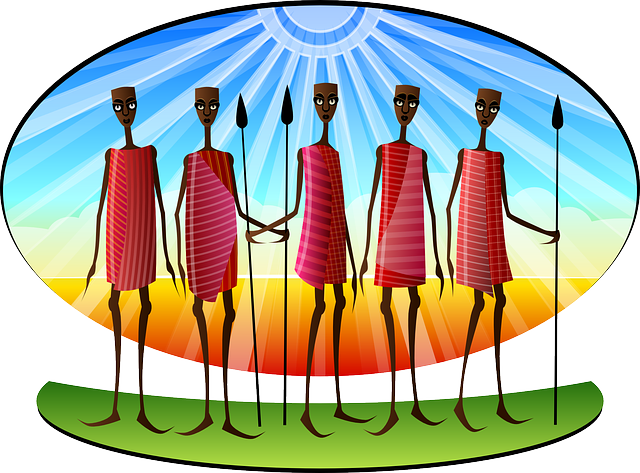Iowa State History Facts
As in the area known today as Illinois, the ancient inhabitants of Iowa were Paleo-Indians and Woodland and Mississippian peoples who built ceremonial and burial mounds.
Some of these mounds can still be seen in the area today.
Several tribes moved into the area before and during the early 1600s before the Europeans arrived.
The Sioux, the Sauk, the Fox, the Ioway, and the Otoe tribes called the area home. They hunted buffalo and grew corn.
French Explorers
In 1673, at the same time they were exploring Illinois and the Mississippi River, two French explorers Joliet and Marquette were exploring Iowa and trading for furs with the local natives.
Related: Iowa State Facts
When Robert de la Salle, another French explorer, visited the area, he claimed the land for France as part of the Louisiana Territory.
Europeans arrived to trap furs and trade goods for furs with the Native Americans.
This lasted for at least 100 years and there were no disputes with the natives. A permanent settlement was established in 1788 called Dubuque.
Louisiana Purchase
The United States made a deal with France in 1803 to purchase some of the lands France claimed as the Louisiana Territory.
The U.S. paid $15 million to France for the Louisiana Territory and Iowa was included in the purchase.
After purchasing the Louisiana Territory, President Thomas Jefferson sent Lewis and Clark to explore and map the northern section of the territory.
The traveled the Missouri River and sent glowing reports back to Jefferson about the fertile land. As a result, more settlers began arriving in Iowa.
War with Black Hawk
Because so many settlers were settling in the area of Iowa, the U.S. government decided that the Sauk and Fox tribes would have to move out of Iowa and into Indian Territory further west.
The Sauk tribe, led by Black Hawk, resisted moving and fought the U.S. Army.
However, they lost at the Battle of Bad Axe of 1832 and were forced to move west along with most of the other tribes that tried to stay in Iowa.
Iowa – the 29th State
After the native tribes were forced to leave Iowa, there was a rush to settle the area by more Europeans.
Iowa became the Territory of Iowa in 1838. In December of 1846, Iowa became the 29th state of the United States.
The capital city was Iowa City at first but eleven years later, Des Moines was named the capital.
Iowa remained loyal to the northern states during the Civil War and sent many soldiers to fight against the Confederates of the south.
Quiz Time!
QUESTIONS
How were the ancient peoples in Iowa similar to the ancient peoples of Illinois?
What tribes moved into the Iowa area before and during the early 1600s?
Why did the French set up camps in the Iowa area after 1673?
Why was there a war with Chief Black Hawk?
When did the Territory of Iowa become a state of the United States?
ANSWERS
The ancient peoples of Iowa and Illinois were similar because they both built ceremonial and burial mounds.
The Sioux, the Sauk, the Fox, the Ioway, and the Otoe tribes moved into the Iowa area before and during the early 1600s.
The French came to Iowa in 1673 and after to trap and trade for furs with the local natives.
Chief Black Hawk wanted his people to be able to stay in the Iowa region because it was their native land and not be pushed out.
In December 1846, the Territory of Iowa became the 29thstate of the United States.

